Every e-commerce brand has at least one pain point. For some, it may be marketing or implementing an effective social strategy. For others, it’s customer service or budgeting. For others, it’s finding WordPress alternatives for managing blogs. But, whatever headache you’re experiencing, it should be promptly addressed so that it doesn’t end up negatively impacting your store’s revenue, efficiency, or growth.
That said, the first step in overcoming your e-commerce headache (or headaches) is to identify your trouble area(s). Do you find it difficult to manage your store’s advertising campaigns? Are you struggling to keep your team on the same page communication-wise? Take some time to track down and become familiar with the specific pain point(s) you’re experiencing.
Next, you’ll need to determine how the issue impacts or has the potential to impact your online store. Together, these two areas will give you a better idea of what you’re dealing with, and allow you to take proactive action against the issue, or redirect your time and attention to other priorities.
Below, we’ve compiled 10 of the most common headaches faced by e-commerce retailers. Along with each pain point is a simple, yet effective solution to help eliminate the headache—and all its discomfort—once and for all.
Solving for 10 Common E-commerce Headaches
E-commerce pain points can get in the way of your store’s growth when ignored or left unaddressed.
1. Managing Your Store
Let’s face it, things move fast in the e-commerce world. In order to keep up and stay afloat, you’ll have to move even faster. So, when it comes to your recurring priorities—like managing inventory, updating pricing, and publishing content—there’s little to no room for inefficiencies.
Simple solution: We recommend using a productivity tool (one that is designed specifically for e-commerce businesses) that allows for toggling between tasks, making it easier to manage your online store. Aside from benefits like being able to connect your emails and simultaneously run your favorite apps, many tools also offer the option to integrate popular e-commerce platforms like:
- Shopify
- Etsy
- AliExpress
- FastSpring
- PrestaShop
- eBay
- e-commerce
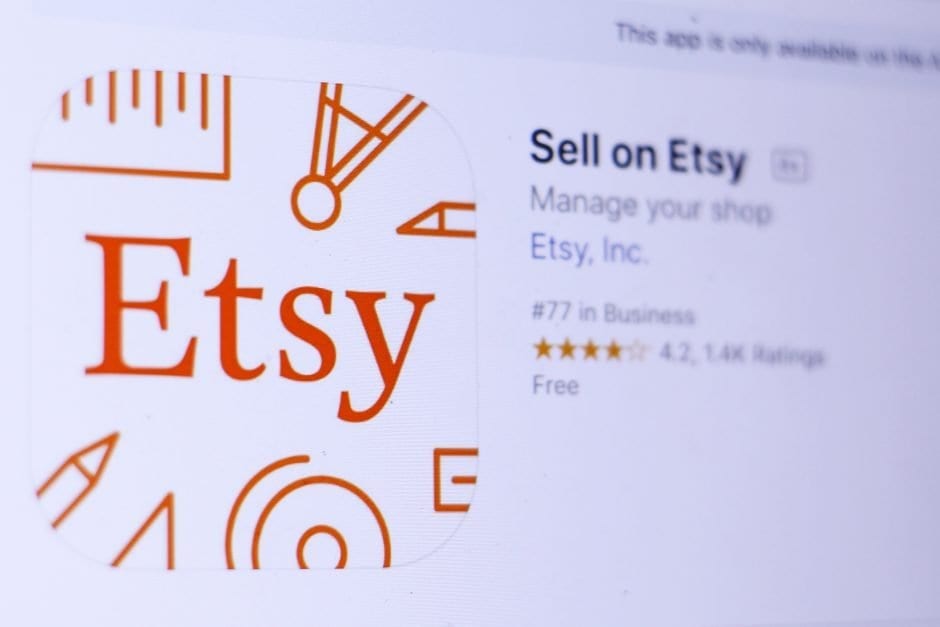
With these integrations, more efficient and seamless management of your online store is possible.
Related Article: The Best Productivity Software for Small Businesses
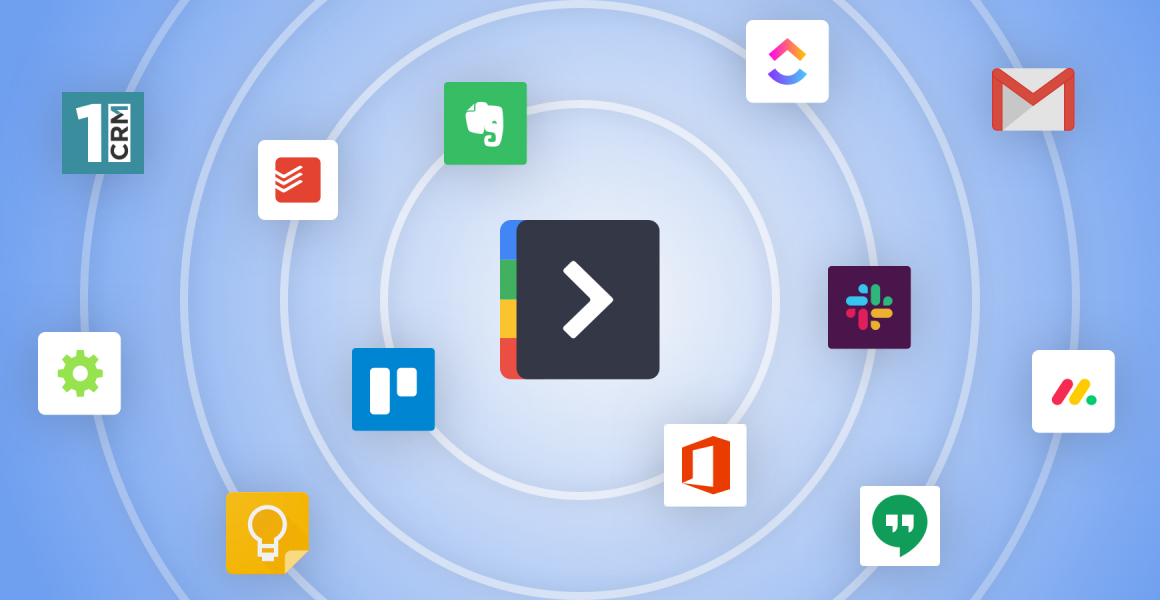
2. Delivering Quick and Efficient Customer Support
Quality customer support—comprised of friendly, efficient, and personalized service—is central to the success of any e-commerce business. Great customer service inspires customer loyalty, increases word-of-mouth referrals, and in turn, lays the groundwork for a strong brand.
Unfortunately, however, this particular pain point is all-too-familiar for many small and medium-sized e-commerce business owners. Companies often struggle to find the right combination of factors that will ensure their business’s customer support is efficient and exceeds customers’ expectations.
Simple solution: To overcome this headache, we recommend adding customer relationship management (CRM) tools to your line-up of must-haves. Live chat, support ticketing, and other customer service tools will be essential to building both credibility and trust with your customers. Here are a few of our recommendations:
- Agile CRM
- Copper
- Dubsado
- Drip
- Contactually
3. Maintaining A Strong Social Presence
Whether you’re looking to engage with followers, reach new customers, or build brand awareness, social media is a great (and free) tool for any small e-commerce retailer. Despite it being a great marketing tool, like all things, keeping your social profiles up-to-date with fresh content takes time. More often than not, e-commerce retailers struggle to maintain a presence on every social platform, resulting in a lot of dormant profiles that do little to showcase their brand.
Simple solution: A simple fix for maintaining a strong social presence is to connect each of your social profiles to your Shift dashboard, allowing for ease-of-access to each of your accounts. Whether you decide to connect one account or all of them, Shift can keep you connected with your customers on all major social platforms, including:
- YouTube
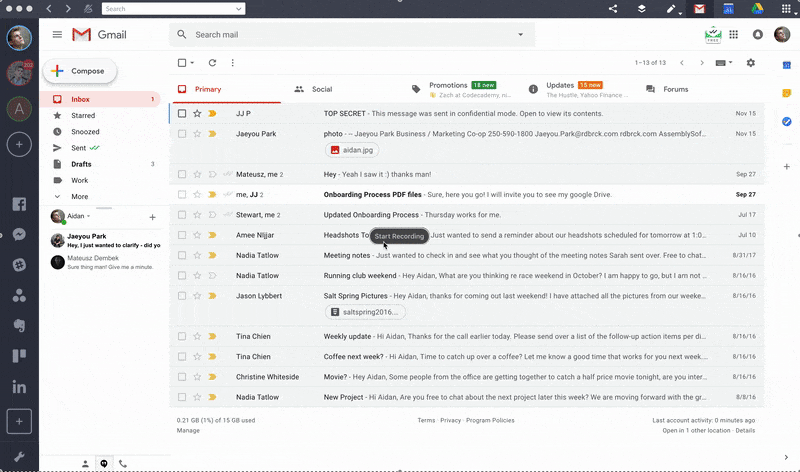
Or use social scheduling tools to plan out your content ahead of time and keep your profile up-to-date.
- Buffer
- Later
- Hootsuite
4. Managing Advertising Accounts
If advertising is a big part of your e-commerce marketing strategy (and it should be), then this is one area that you can’t afford inefficiencies in. Trust us, we know how time-consuming managing your ad accounts can be, especially when you don’t have a schedule or plan in place for doing so. But, it has—and needs—to be done if you expect to continue growing your online business. Agreed?
Much like the others on this list, this area really doesn’t have to be a pain point. A clear, consistent approach to managing your ad accounts will keep your ads campaigns running smoothly.
Simple solution: Integrate your Facebook Business accounts with a platform like Shift—one that will allow you to remain logged in and manage each of your ad campaigns from your desktop and without ever opening a new browser or tab.
5. Managing Referral Programs
The power of word of mouth and referral marketing is evident. But, to truly leverage this tried-and-true technique for gaining new customers, you’ll want to have a solid referral program in place.
Simple solution: Come up with a plan for a referral program and execute. You’ll want to make sure that you have quality referral incentives that you can promote and that will actually encourage your customers to get on board as advocates. In addition, you’ll need to consider the best avenues for promoting your referral program. One option to consider would be to use ReferralCandy to set up a viable referral program for your online stores. Doing so will ensure you’re able to reap the benefits of having a solid referral program in place versus putting energy and time into a low-tech solution. Perks of using a referral program like ReferralCandy include:
- Easy, seamless integration with many e-commerce platforms (like Shopify and Magento)
- Dashboard for tracking and monitoring referral engagement, performance, and revenue
- Multi-channel promotion of your custom referral program
- Automatic distribution of referral rewards (Think: set it and forget it)
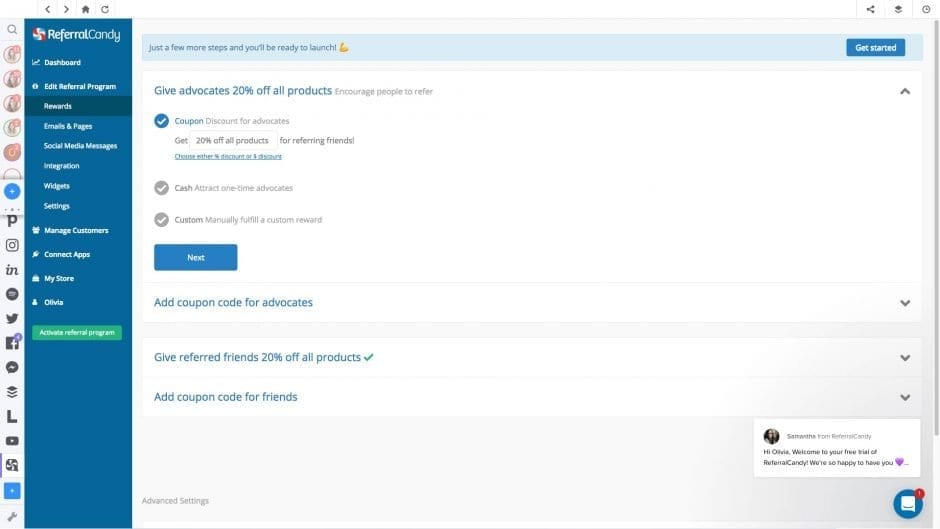
6. Email Marketing
Email marketing is an integral part of every e-commerce business:
- Welcome flows
- Up-sell flows
- Customer support
- Transactional flows
- Promotional flows
- Cart abandonment flows
…and the list goes on. The thing is, each flow is a necessary part of every e-commerce email marketing strategy. Email is important for re-engaging customers, driving sales, and building customer loyalty.
Despite the huge payoff of great email marketing, like all things, email marketing takes time and effort. Creating intuitive flows, crafting email flows, and designing templates are big tasks. Add those to the never-ending list of other business operations e-commerce retailers are tasked with and things start to pile up.
Simple solution: The trick is to invest in tools that allow you to simplify and centralize your email marketing efforts. If you’re already implementing an email marketing strategy for your online business, you know that there are endless customizations that can be made to your email marketing. This headache can quickly be eliminated by using email marketing tools like Mailchimp or Klayvio. Both of these are great options that offer a variety of features and functionality that e-commerce retailers need to optimize their email marketing efforts.
7. Keeping Your Team on The Same Page
It only takes two to make a team.
So, whether it’s you and one other or you have a dozen employees, keeping your team on the same page carries the same level of importance. This is even more important when teams are remote or when a lot of group efforts are done digitally instead of face-to-face.
Simple solution: Project management tools like Asana, Monday, and Todoist will help keep you and those who work with you sane through all the chaos. Move from start to finish together is a timely, orderly fashion.
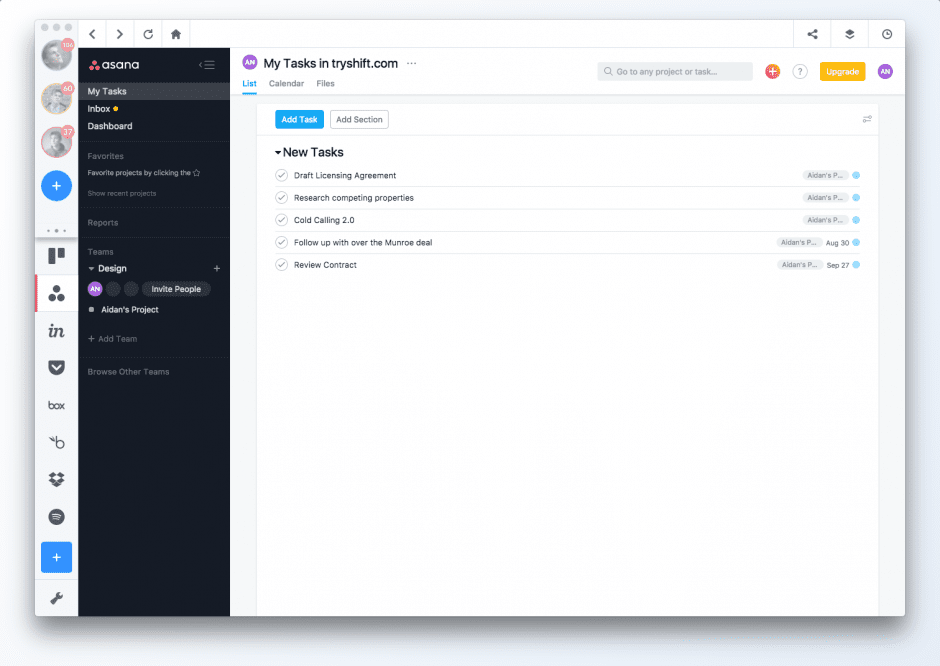
8. Getting (and Staying) Organized
What do marketing materials, logo designs, and product mock-ups all have in common?
They’ll all likely to take the form of a file at some point. Which means that you need a solution for organizing them and keeping them safe and easily accessible to you and your entire team.
Simple solution: There are a number of cloud storage options designed to be the best solution for managing, accessing, syncing, and sharing your files as you please. Tools like Google Drive and Dropbox are two of the most popular and dependable cloud file storage solutions—each offering unique features and functions depending on your specific needs.
9. Optimizing Team Communication
What’s a team without effective communication? Just a group of people working in inefficient silos.
Ask any successful e-commerce store owner and they’ll tell you that effective team communication lends itself to optimal performance. This is one of those areas that, if done less-than-right, could lead to headaches in several other parts of your business.
Simple solution: There are countless messaging software and apps that are ideal for keeping your team connected and making it easy to stay up-to-date—regardless of location or time. Three chat apps that we recommend are Slack, WhatsApp, and WeChat.
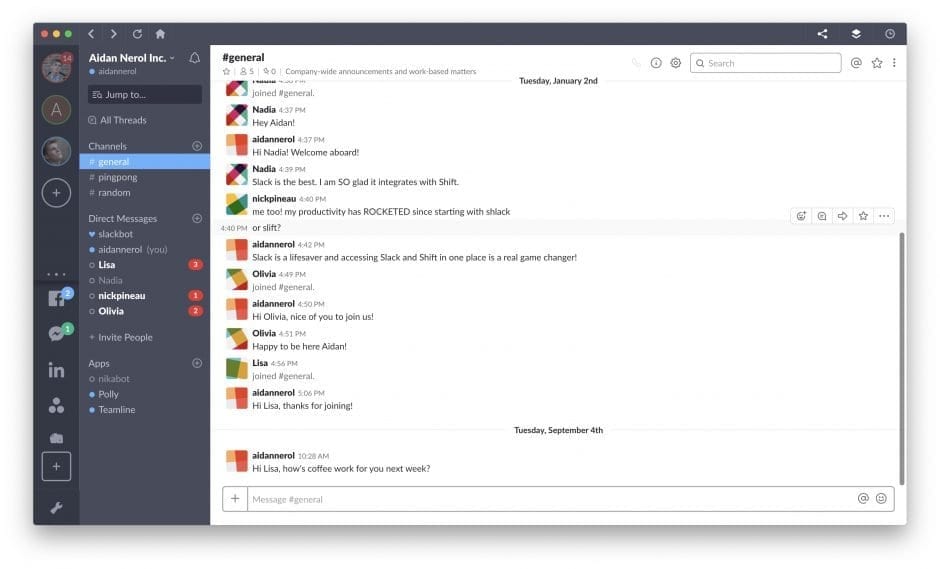
10. Managing Payments
This will likely be one of the first headaches you run into when starting out as a small or medium-sized e-commerce store. There are so many things to think about:
- What online payment platform should I use?
- What types of payments should I accept in addition to debit and credit cards?
- How much are the transaction percentages for each method of payment?
- Will I need to process a certain amount in sales in order to avoid fees?
- Are there additional fees outside of processing charges?
- Should I prioritize mobile payment methods over desktop methods?
Simple solution: When in doubt, keep it simple. Two of the most trusted payment platforms available are Stripe and PayPal—and we recommend every online store owner consider these options first when deciding on a payment gateway.
In Summary
As we noted earlier, with the right strategy, you can overcome the most common e-commerce headaches before they affect other areas.
That being the case, consider the solutions in this article for handling any inefficiencies you come across. Unfortunately, pain points are usually a part of the journey to success for any e-commerce retailer (big or small), but they don’t have to be persistent or overbearing.
If you’ve already got strategies in place or pushing past these pain points (or ones like it), great. But, just keep in mind that there’s always room for improvement, so if your current strategies only offer temporary relief, consider other options that are more geared towards long-term growth.
Ten articles before and after
5 Slack Tips for Better Team Collaboration
Announcing 82 New App Integrations: Apple Mail, Square, and More!
Auto-Hibernate: The Feature that Makes a Big Difference to Your Work
Top 5 Alternatives to WhatsApp Messenger
How to Design Your Workspace for Maximum Productivity
How to Master the Basics of Slack
Gmail's Right-Click Menu Opens New Possibilities
How to Recreate the Best Features of Google Inbox in Gmail